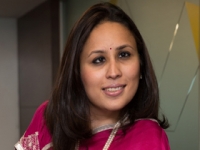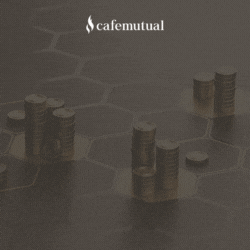Everyday and every month is a new month in the markets, and when I refer markets, it's safe to say both equity and debt markets. In the last six months, we have not only witnessed equity market corrections, but also flood of news on the debt markets. Defaults, downgrades, rumours, and the consequent impact on debt funds have flooded headlines and social media, and thus investors and advisors are rightly concerned. While it is important to be informed, and aware of the happenings, in equities & fixed income, it is important to separate the noise from the reality. Unfortunately, in these testing times, the narrative that has become most popular is – stay away from debt funds altogether. Go back to the friendly bank FD that we have been using all these years – really, why bother?
Like most things in life, in this case also, I believe, the easy answer is not the right answer. Fundamentally and structurally, debt funds are good products. For taxable investors, they enjoy, a significant tax edge over fixed deposits – i.e. the benefit of long term capital gains with indexation (over 3 years), with marginal tax. They are liquid, and regulated, with regular portfolio disclosure. Products like liquid funds solve short term liquid needs optimally, and FMPs, despite being in the news, offer reasonably predictable returns over their typical 3 year life. Structurally, there is a case to look at them.
We have seen losses in equity funds, 10%, 20%, even 50%. Why does it not illicit the same reaction as debt? Because our understanding of equity risk has improved, but our understanding of debt risk is much less nuanced. Debt is not risk free anywhere in the world. Any debt instrument carries two kinds of risk – duration risk and credit risk. Duration risk is the risk of mark to mark movements because as interest rates change, bond prices change. Instruments with shorter tenure carry less duration risk, such as liquid funds, that instruments with longer tenure. Duration risk exists over the life of the fund, but if one is to hold till maturity type investor, then he will get the principal, along with the coupons. Credit risk is the risk associated with the borrower – sovereign bonds carry the least risk, however, when one lends to lower grade borrowers, the risk increases, as does the yield.
As we think about the frustration with debt funds, it is important to remember why most of us invest in debt. The answer is likely to be safety. There are typically two pools of debt money that most of us have – short term debt money that is used for parking, and that demands absolute safety, and longer term 3 year debt money, that is kept in debt for safety as a part of any reasonable asset allocation. And if safety is the mindset, then decision making on debt, should think risk first, return second. Remember, SEBI now has 14 categories of debt funds and not all debt funds are the same. It is important to discern the difference between categories, and see what categories suit one’s debt needs the best.
As far as risk is concerned, interest rate risk can be mitigated in two ways. For shorter term capital, lower duration funds, ultra-short term funds, and money market funds will be much less volatile than longer duration funds, in terms of their mark to market offering. Longer-term investor on the other hand; can match the maturity of the fund with the time horizon of his investment. For instance, while the rolling 3 year returns in short term funds have ranged between 5 and 12% and in income funds between 2 and 14%, the similar range for low duration funds is 6 to 8%. If one has an 18-month target tenure, hold a fund with 18 months paper, so that over the investment horizon, one realizes a certain yield. Investors having shorter-term capital requirements can also look at arbitrage funds, which are debt like in risk profile, but enjoy the benefits of equity taxation, with limited duration risk.
With credit risk, it is important to remember the basic principle that higher yield implies higher risk, and sometimes the incremental 1% yield, is in a significantly different risk grade. A blind analysis of YTM is a dangerous way to approach debt. Quality of portfolio and diversification are very important parameters to look at. That said remember that downgrades and defaults which have happened, are part of a total portfolio, and over a three-year period, credit risk funds and corporate bond funds do fare better. Always invest with a buyer beware mindset, as we do in mid and small cap funds, as part of our asset allocation practice.
Finally, an advisor can play an important role in understanding the debt category and how to make it the best fit for his client’s investment needs with the requisite safety and comfort. Debt is and will always be an important part of the portfolio. We have all seen difficult times in equity funds during 2008, 2011, and 2018, but still continue to persist, learning a few lessons, but keeping our faith in the asset class. The same is true with debt, and a little more understanding will help you go a long way. Let a crisis teach us how to manage risk better, but not stop us from taking sensible risks in the future.
Wish you happy and peaceful investing!
Radhika Gupta is the Chief Executive Officer of Edelweiss Mutual Funds and the views expressed above are her own.





